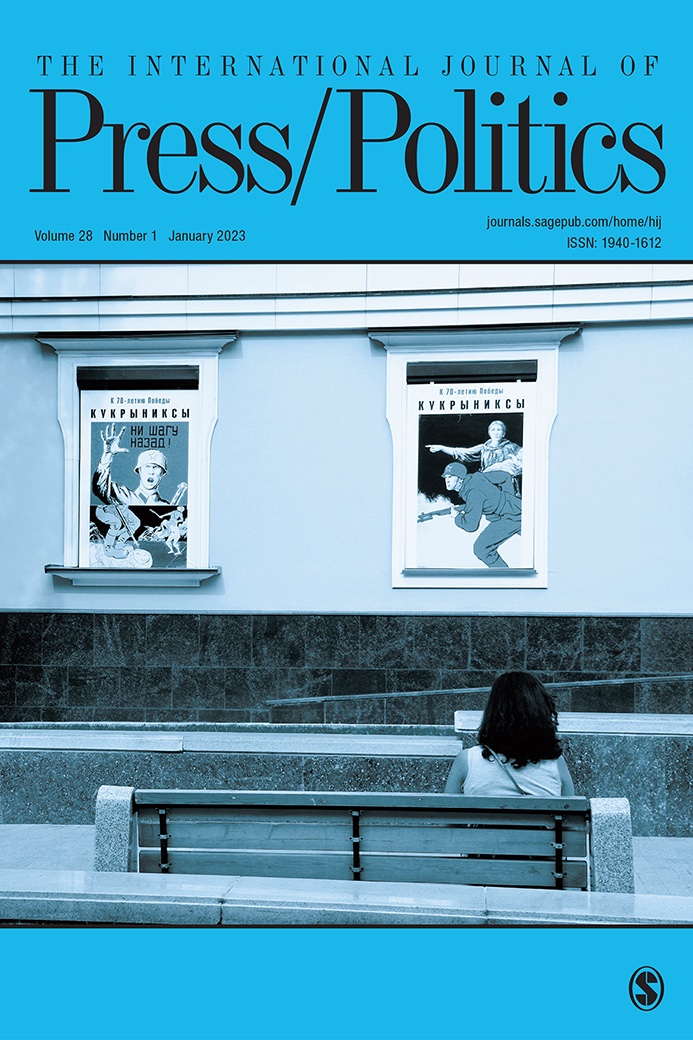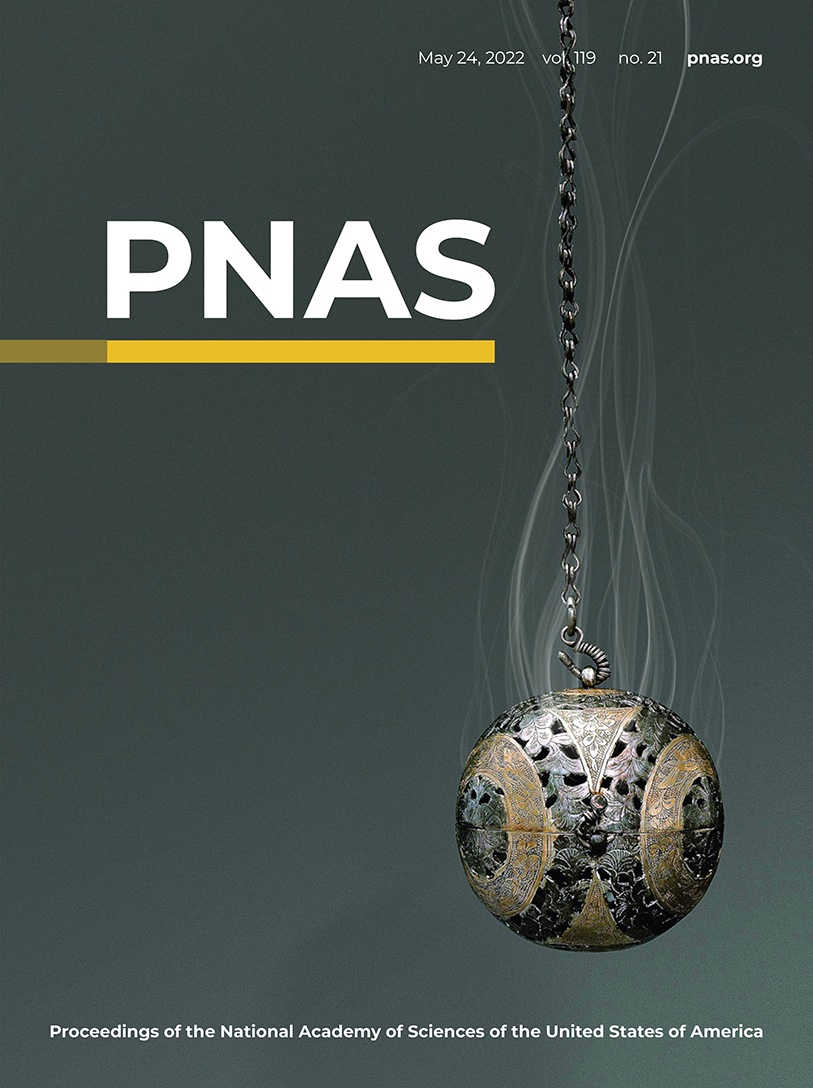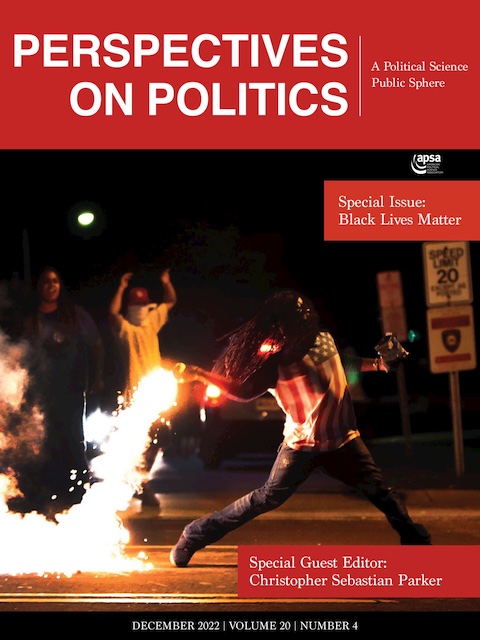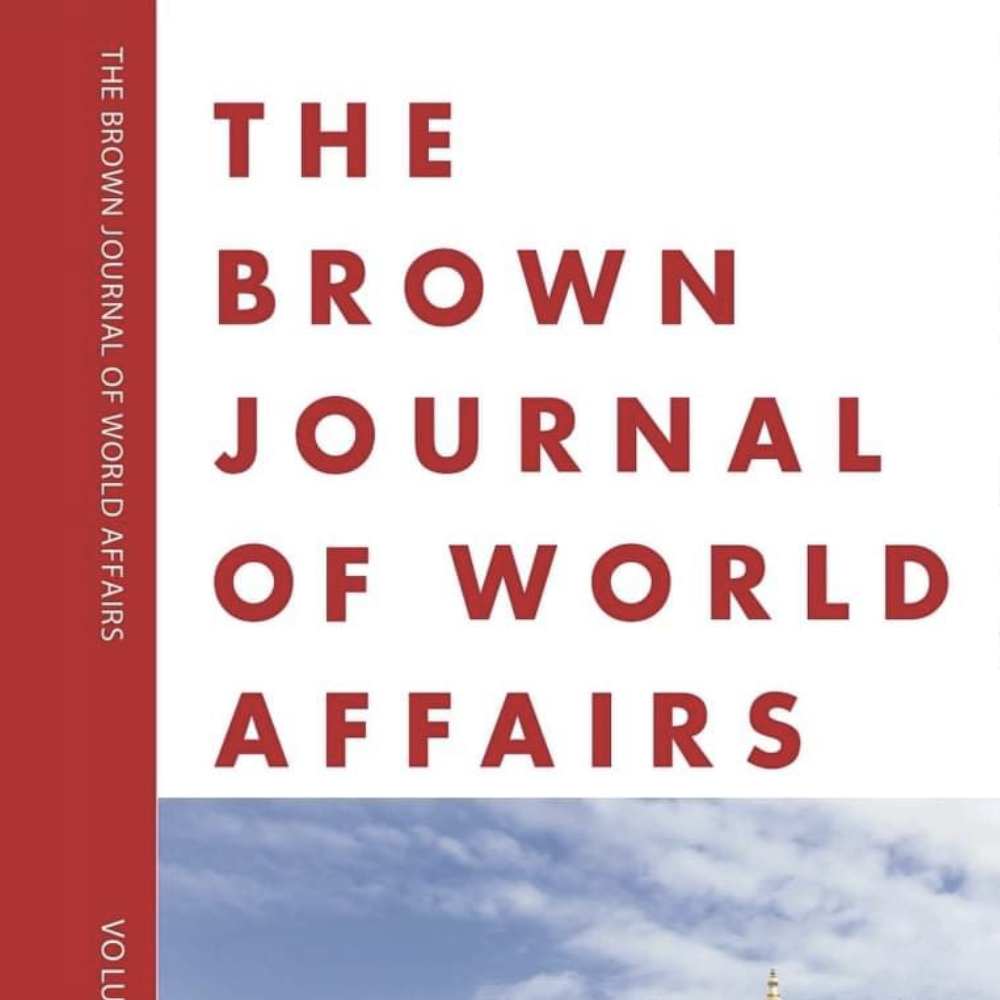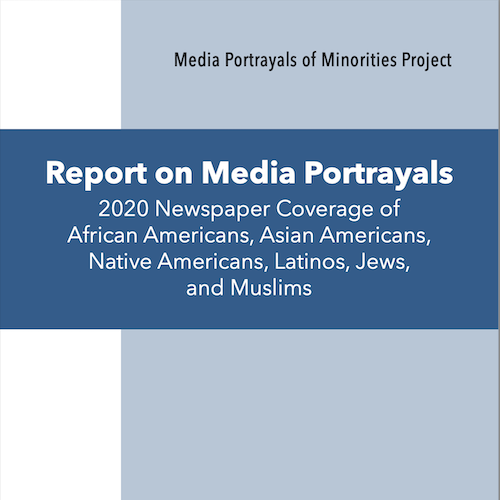
Covering Muslims
We present the first systematic, large-scale analysis of American newspaper coverage of Muslims. By comparing it over time with reporting on other groups and issues as well as coverage of the subject in other countries, we demonstrate conclusively how negative American newspapers have been in their treatment of Muslims across the two-decade period between 1996 and 2016, both in an absolute sense and compared to a range of other groups. The same pattern holds in other countries, such as Australia, Canada, and the UK. While 9/11 did not make coverage more negative in the long run, it did dramatically increase the prevalence of references to terrorism and extremism.

